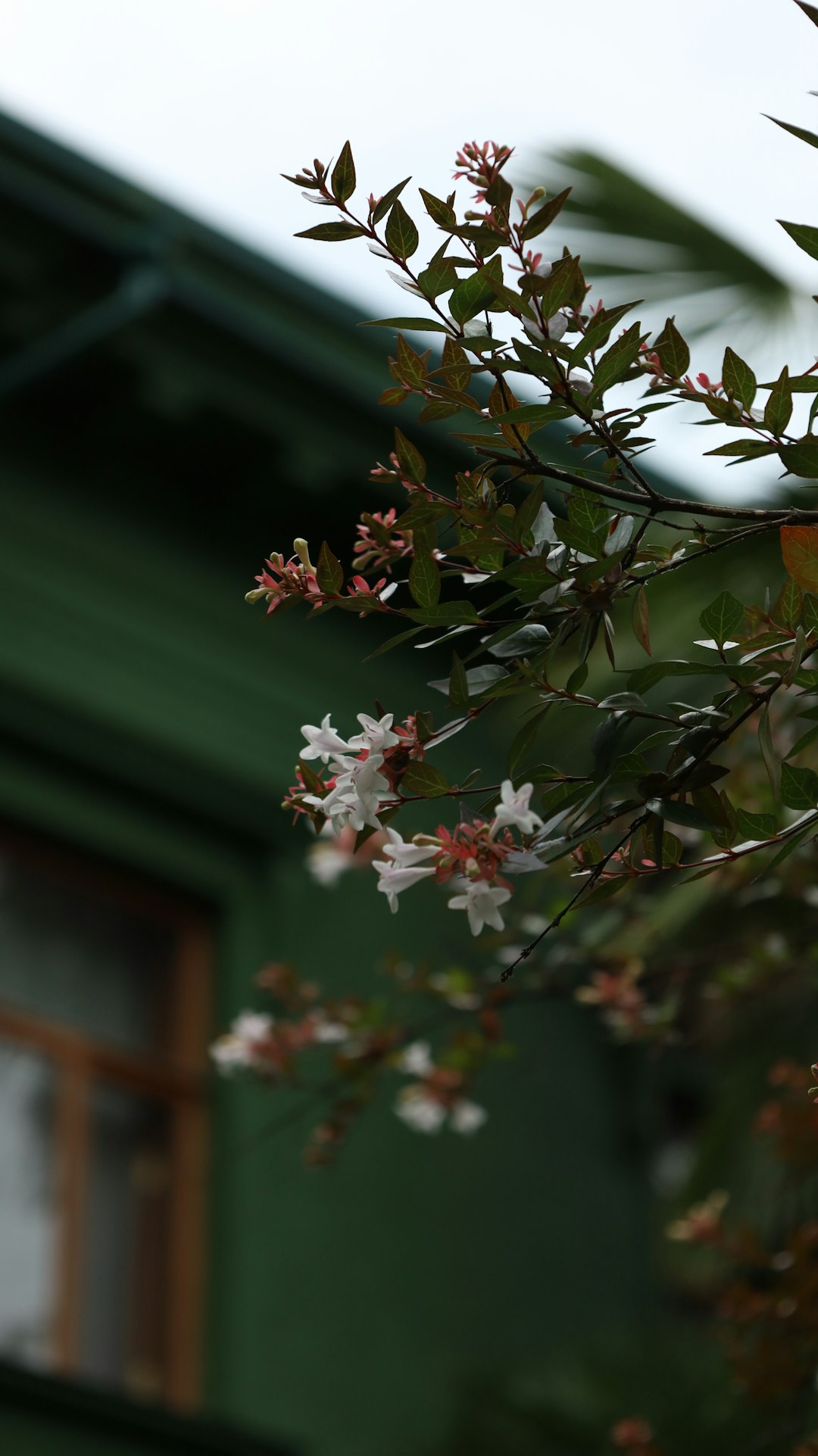The Allure of Japanese Maple Trees in Your Yard

When it comes to enhancing the beauty of your yard, few plants can rival the elegance and charm of Japanese maple trees. These remarkable trees offer a wide range of forms and colors that can transform any outdoor space, regardless of its size.
Japanese maple trees, scientifically known as Acer palmatum, are native to Japan, Korea, and China. They have been cultivated for centuries for their ornamental value and are now popular around the world. One of the most appealing aspects of Japanese maple trees is their diverse foliage colors. From vibrant reds and oranges to soft greens and purples, these trees provide a stunning display of color throughout the seasons.
In the spring, Japanese maple trees burst into life with new growth. The young leaves often have a bright, fresh color that adds a touch of vitality to the yard. As the season progresses, the leaves mature and develop more intense hues. During the summer, the foliage provides a cool and shady spot, making it a perfect place to relax on a hot day. And in the fall, the leaves turn into a spectacular display of red, orange, and yellow, creating a breathtaking sight that is truly unforgettable.
Another advantage of Japanese maple trees is their variety of forms. There are upright varieties that can reach heights of up to 25 feet, making them suitable for larger yards. These trees have a strong central trunk and branches that spread out gracefully, creating a stately and imposing presence. On the other hand, there are also dwarf and weeping varieties that are perfect for smaller spaces. Dwarf Japanese maples typically grow to a height of 3 to 6 feet, making them ideal for container gardening or as a focal point in a small garden. Weeping Japanese maples, with their cascading branches, add a sense of elegance and drama to any landscape.
When it comes to planting Japanese maple trees, it is important to choose the right location. These trees prefer partial shade, especially during the hottest part of the day. They also need well - drained soil that is rich in organic matter. Before planting, it is a good idea to amend the soil with compost or peat moss to improve its fertility and drainage. When digging the hole for the tree, make sure it is twice as wide as the root ball but no deeper. This will allow the roots to spread out easily and establish themselves quickly.
Proper care is essential for the health and beauty of Japanese maple trees. Regular watering is important, especially during dry periods. However, it is important not to over - water, as this can lead to root rot. A layer of mulch around the base of the tree can help retain moisture and keep the roots cool. Fertilizing the tree once a year in the spring with a slow - release fertilizer can also promote healthy growth.
Pruning is another important aspect of maintaining Japanese maple trees. Pruning should be done in the late winter or early spring when the tree is dormant. This helps to shape the tree, remove any dead or diseased branches, and improve air circulation. It is important to use sharp, clean pruning tools to prevent the spread of diseases.
Japanese maple trees are also relatively pest and disease resistant. However, they can be susceptible to some problems, such as aphids, scale insects, and verticillium wilt. Regular inspection of the tree can help detect any issues early, and appropriate treatment can be applied if necessary.
In conclusion, Japanese maple trees are a wonderful addition to any yard. Their elegant forms and colorful foliage make them a focal point of beauty in both large and small landscapes. With proper planting, care, and maintenance, these trees can provide years of enjoyment and enhance the overall aesthetic of your outdoor space. Whether you are a seasoned gardener or a beginner, incorporating a Japanese maple tree into your yard is a decision that you will not regret.
So, if you are looking to add a touch of elegance and color to your yard, consider planting a Japanese maple tree. You will be rewarded with a stunning display of beauty that will change with the seasons and bring joy to your outdoor living experience.